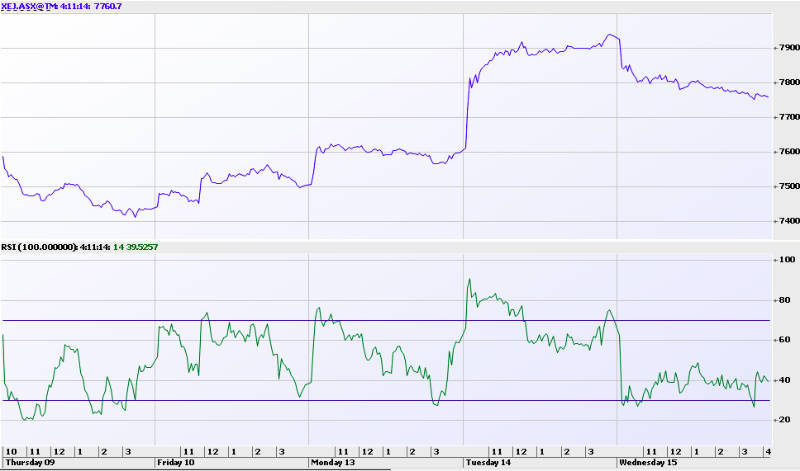Power Up: US$100 oil might be in sight and here’s why

Pic: Matthias Kulka / The Image Bank via Getty Images
Energy is having its day in the sun this week on the back of oil prices rising to a six-week high, leading the Bank of America to suggest that crude could hit the US$100 per mark if winter in the northern hemisphere turns out to be colder than normal.
In a research note, the bank noted that while a new wave of COVID infections, China’s debt crisis and the potential return of Iranian oil to the market presented downside risks, cold weather would more than offset any such considerations.
Separately, Bloomberg quoted Goldman Sachs as saying that record-high energy prices in Europe could be a sign of “what is in store for other commodity markets, with widening deficits and depleting inventories leading to elevated price volatility”.
Oil prices had risen earlier this week amid ongoing concerns about US crude supplies due to disruptions cause by Hurriance Ida and OPEC forecasting that oil demand in 2022 could hit about 100.8 million barrels per day, which exceeds pre-pandemic levels.
This combination led the Brent crude price to climb 0.8% to US$73.51 per barrel with the benchmark rising further overnight to US$74.04/bbl.
Oil price gains typically support oil and gas stocks and this was certainly the case on the ASX with the energy sector a 2.72% gain over the past five days despite dropping today, making it one of the best weekly performances to date.

US shale activity could be picking up
Drilling and completion work on US shale formations could also pick up, particularly in the gas-focused Haynesville as demand for gas rises.
Primary Vision noted this week that US liquefied natural gas exports remained steady thanks to strong European demand.
This, coupled with low coal stockpiles that are unlikely to be increased ahead of winter months and the closure of more coal plants since 2014 and 2018, meant that a normal to harsh winter could boost US natural gas prices to well over US$5 or even US$6 per million British Thermal Units.
The data company noted that the Haynesville remains the best place to capture this near-term momentum due to the availability of take away capacity, proximity to the coast and available DUCs (drilled but uncompleted wells).
Hydrogen is floating high
This shouldn’t come as a surprise to anyone, but hydrogen’s fortunes in Australia continue to rise.
From Western Australia, setting aside $61.5m in its State Budget for the development of green (and only green) hydrogen projects to companies such as Strike Energy (ASX:STX) and Infinite Blue Energy pushing ahead with their plans, the future for the gas appears bright.
Adding to this, Japanese companies Kawasaki Heavy Industries, Kansai Electric Power Company and Marubeni, and Australian energy infrastructure business APA Group have joined a consortium led by Queensland power generator Stanwell and Japan’s largest hydrogen supplier Iwatani for a $10.4m feasibility study into the development of a large-scale renewable hydrogen facility in Gladstone.
This is aimed at exporting renewable hydrogen to Japan, as well as supply large industrial customers in the Central Queensland region to support emissions reduction for domestic industry by 2026.
Stanwell has also secured a $2.17m in funding from ARENA to support the feasibility study.
Related Topics

UNLOCK INSIGHTS
Discover the untold stories of emerging ASX stocks.
Daily news and expert analysis, it's free to subscribe.
By proceeding, you confirm you understand that we handle personal information in accordance with our Privacy Policy.








